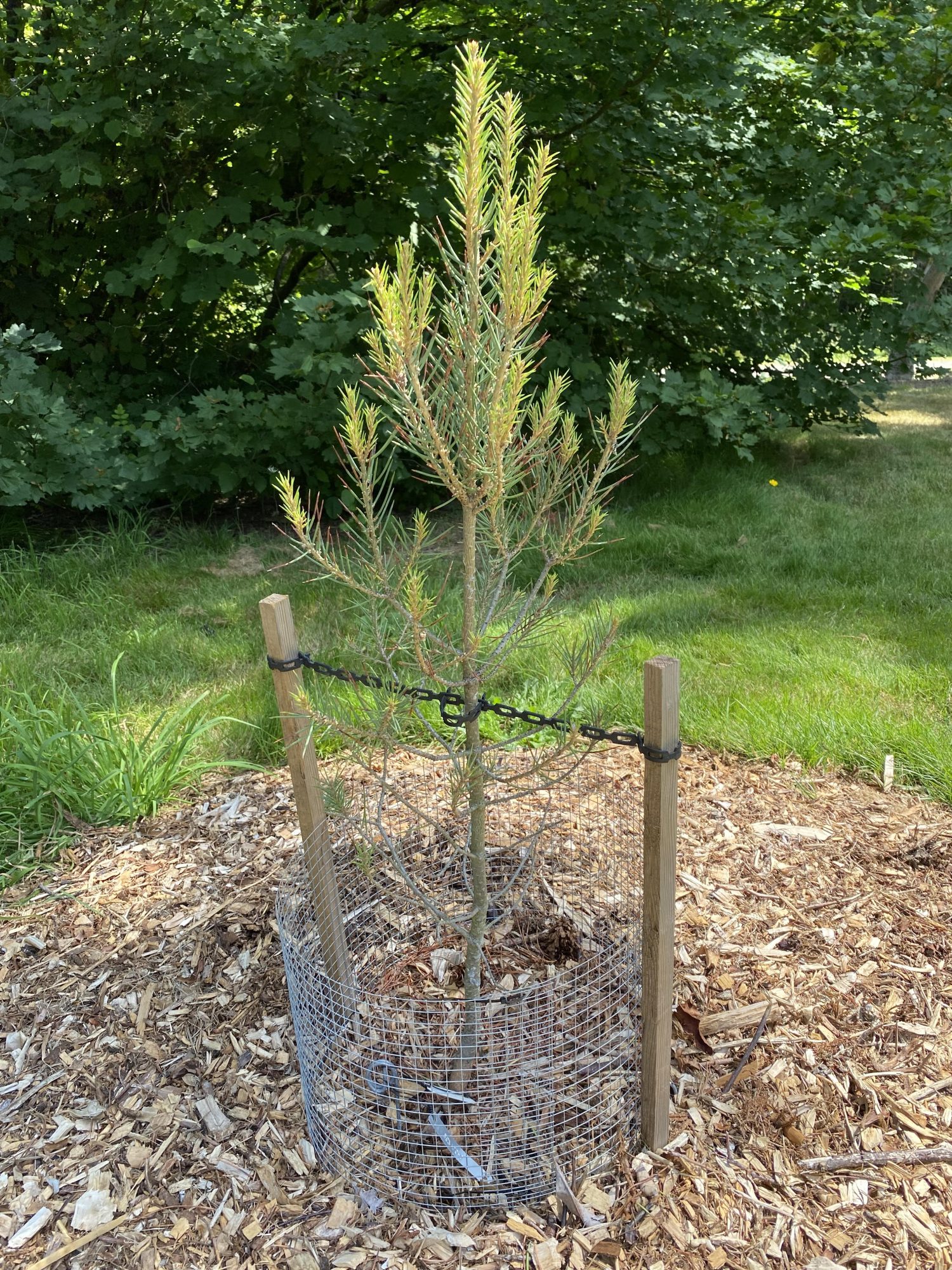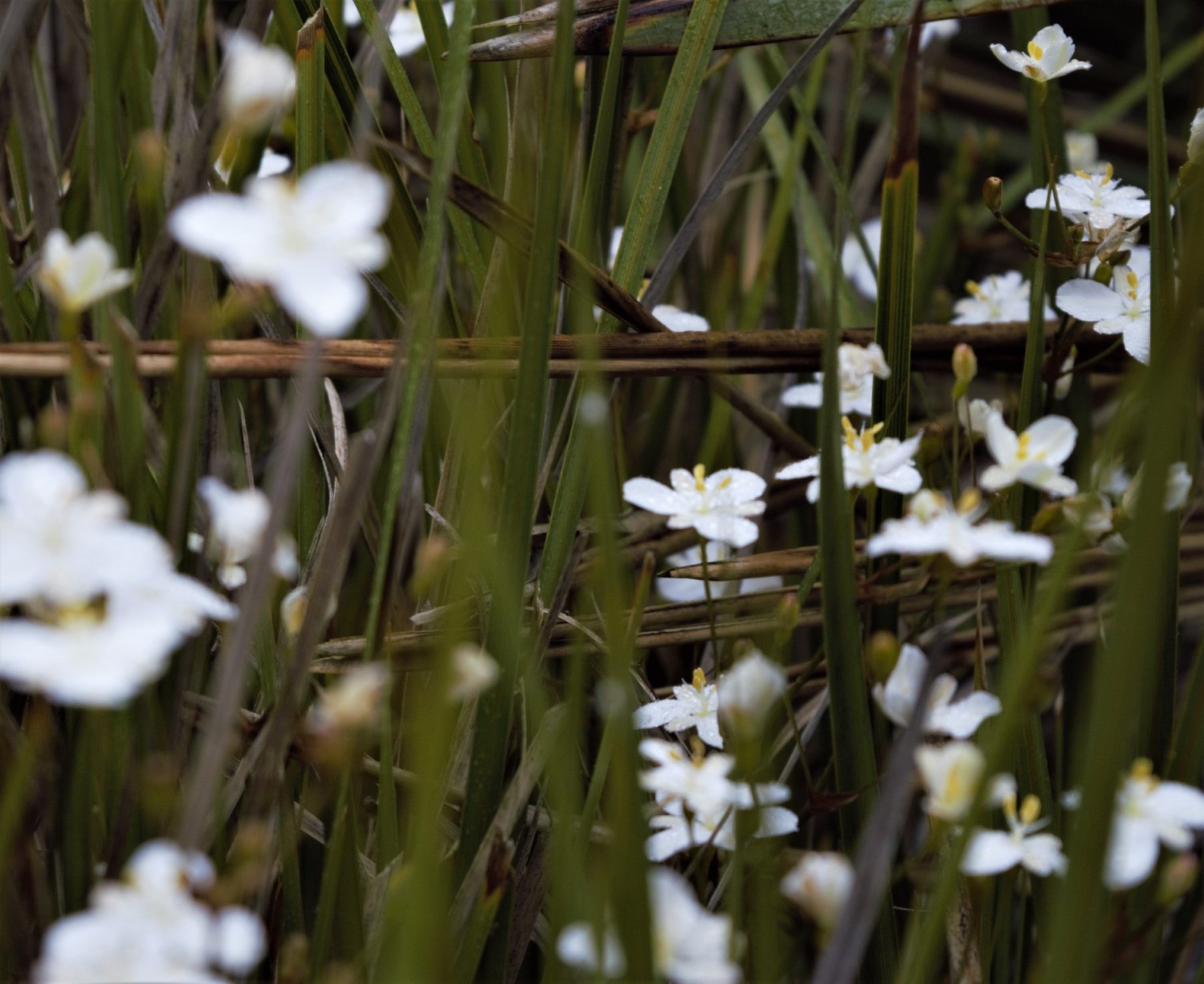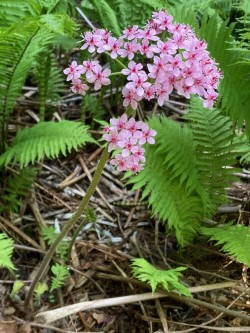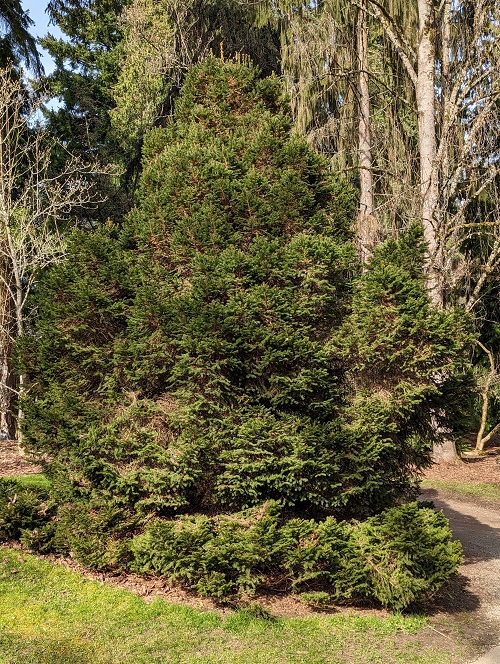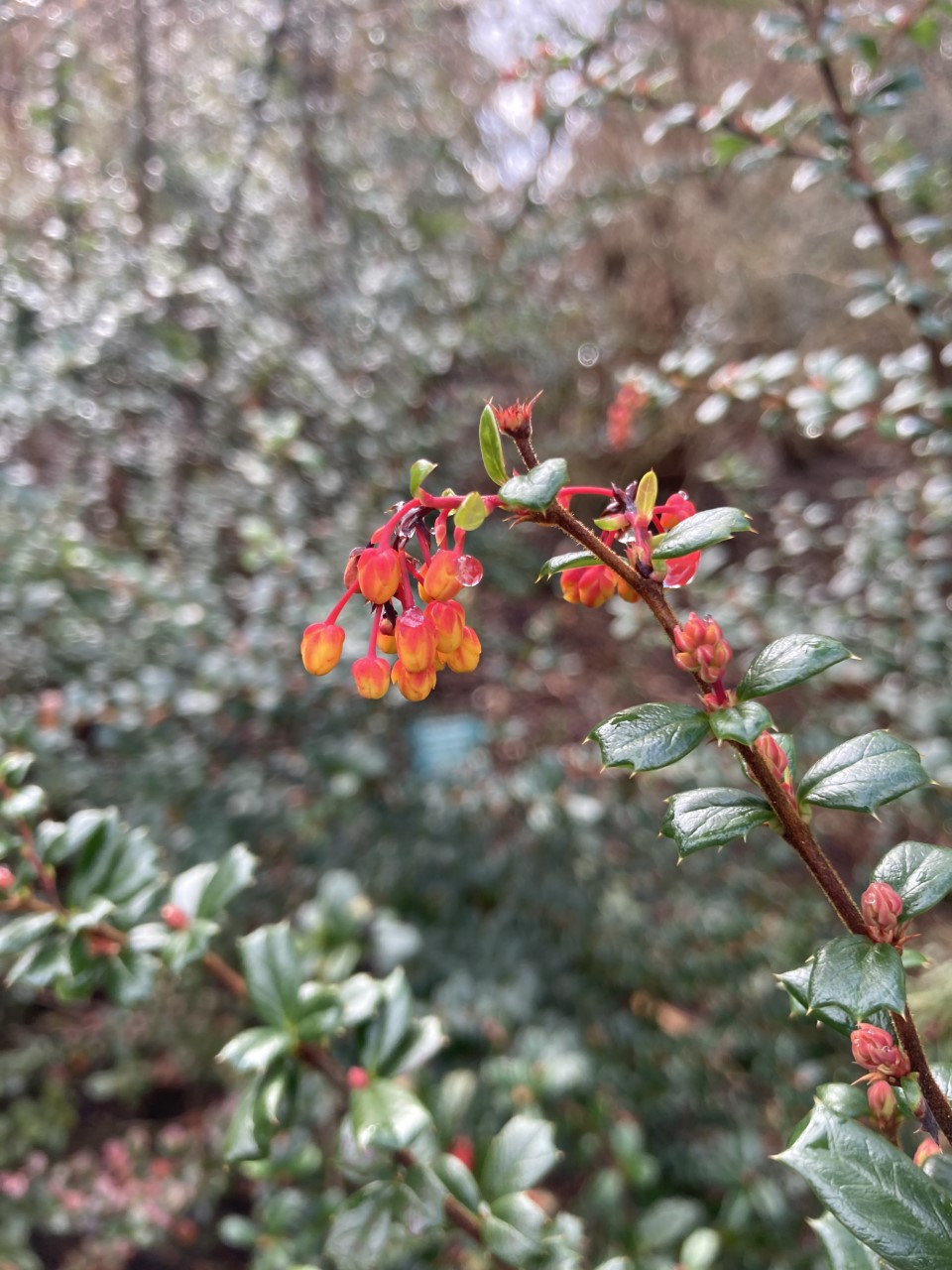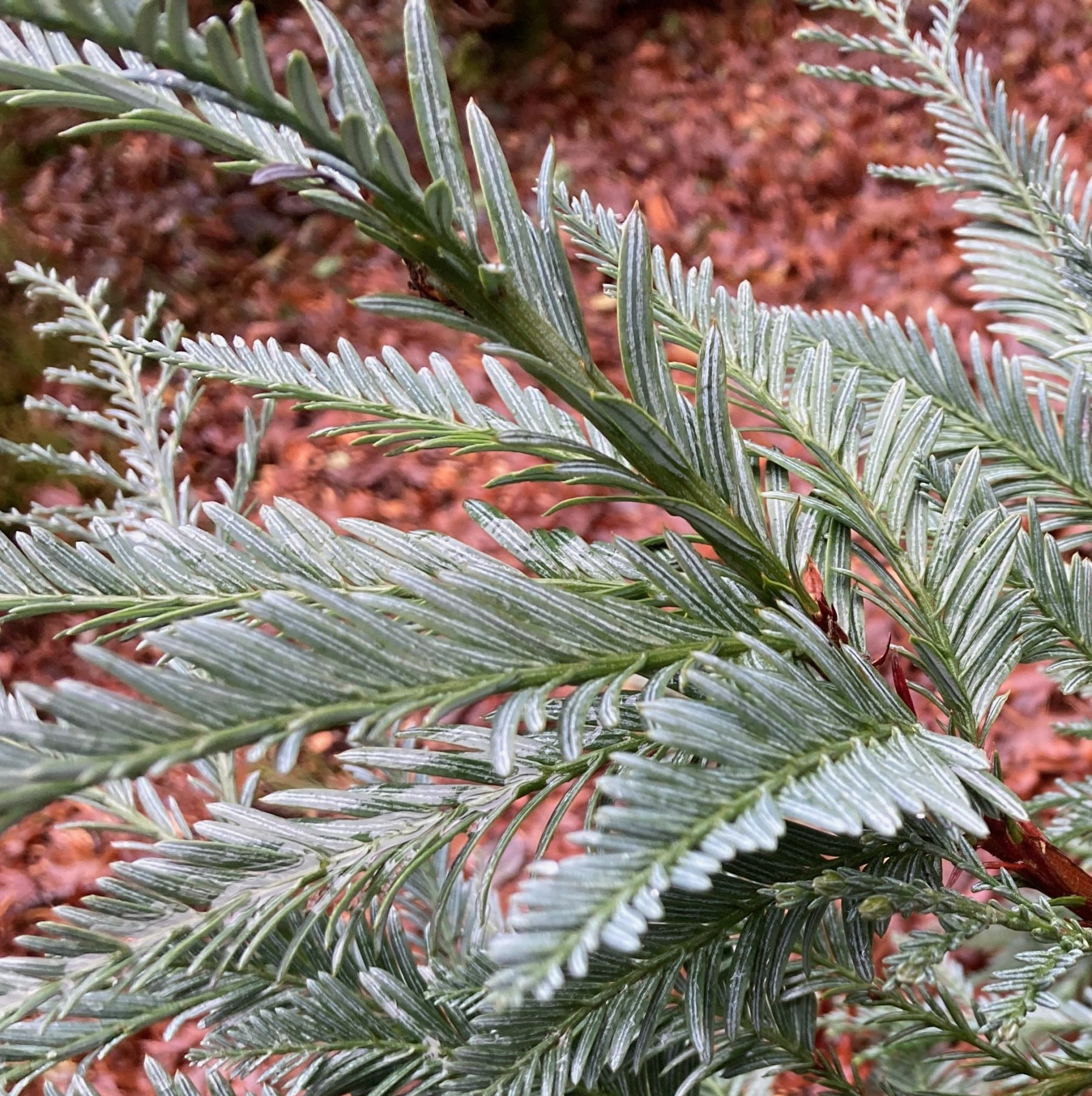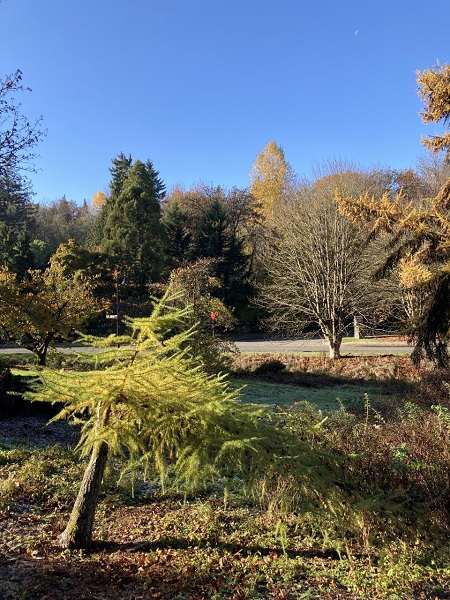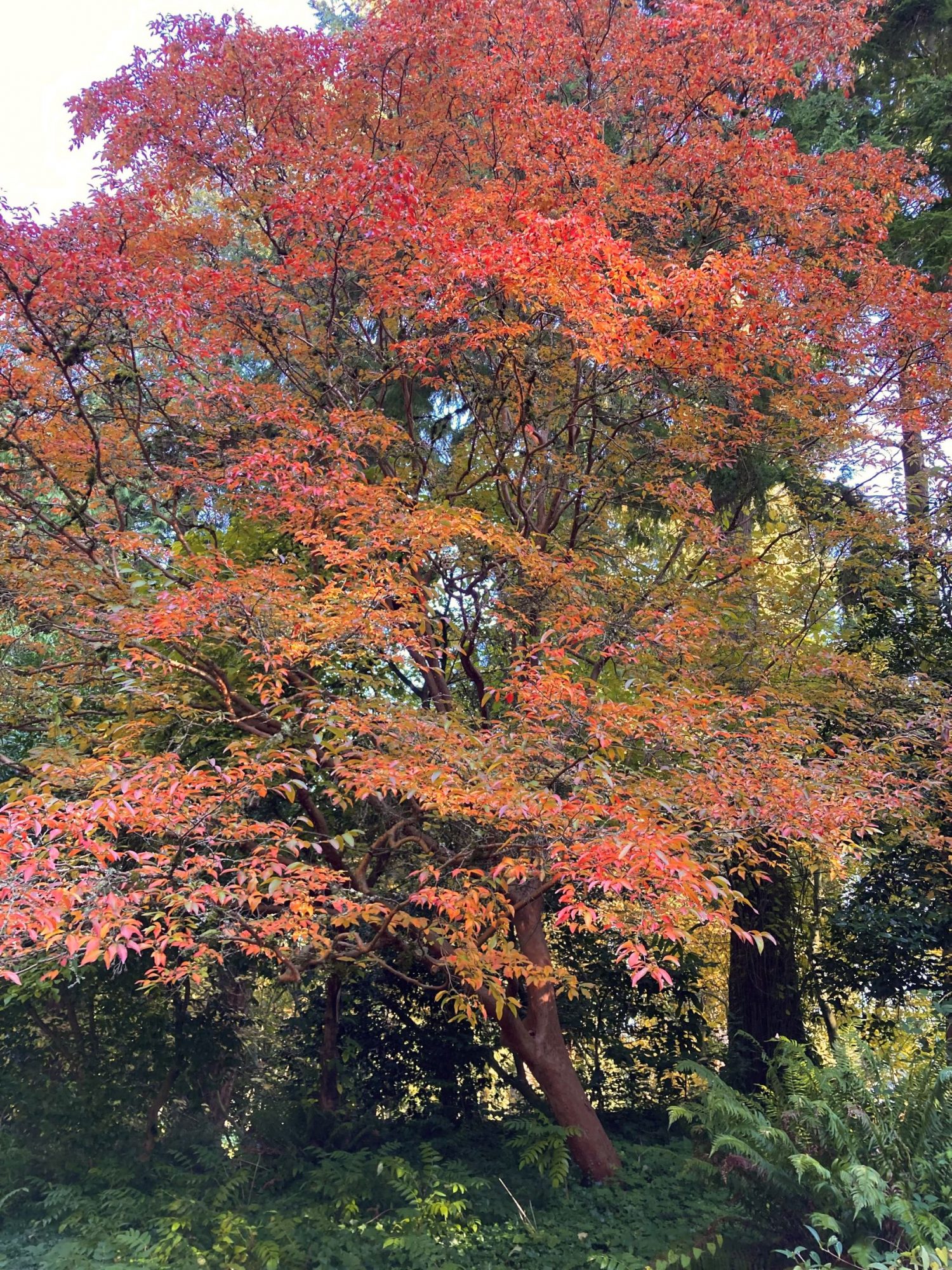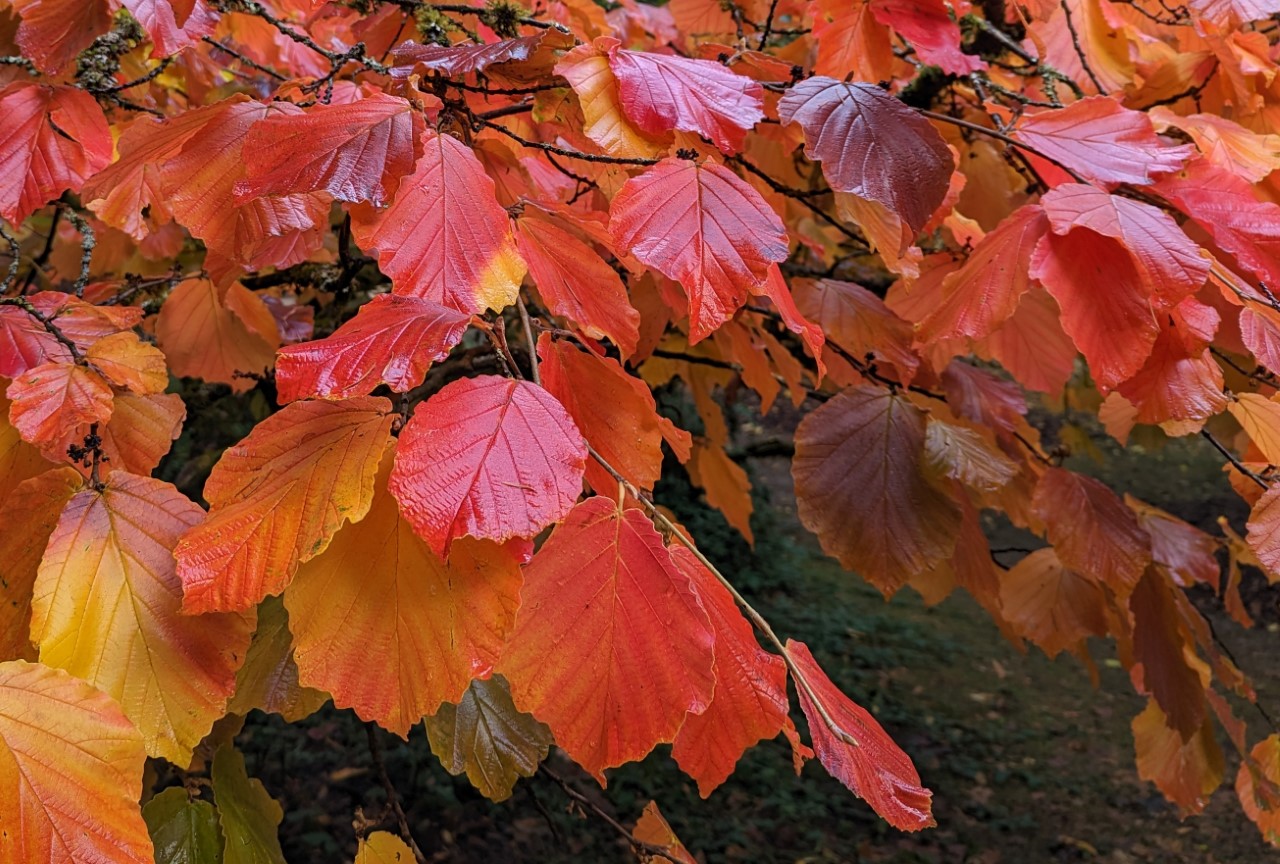The horticulture staff at the Washington Park Arboretum are constantly planting new trees. These new plantings increase species diversity within the collection, succeed dead or declining trees, contribute to future increased canopy coverage and much, much more. All of the trees mentioned in this article were planted over the last year and are located within the Pinetum on the west side of Lake Washington Boulevard.
Read more »Easy to miss these beauties in June!
1) Libertia peregrinans New Zealand Iris An iris in which each bloom only lasts a day, but blooms prolifically for several weeks. Named/honored after Mde. Maire-Anne Libert, a Belgian botanist, mycologist, and plant pathologist. Has sword-shaped leaves, only about one foot high off the ground, and easy-to- miss blooms. Found in the New Zealand Entry Garden, at the north entrance of John Wott Way (U-shaped path).
Read more »Some Undesirable Plants in the Washington Park Arboretum Display Beds
1) Equisetum arvense L. Horsetail Equisetum arvense (commonly known as “horsetail”) is native throughout the temperate and arctic areas of the northern hemisphere – any place with wet or damp soil with some sunlight. Colonization relies heavily on its extensive, deeply-penetrating creeping root system and to a lesser extent, on spore production. During the winter, the foliage dies to the ground.
Read more »Some plants to visit on your walk at the Washington Park Arboretum
1) Darmera peltata Umbrella Plant Darmera peltata, commonly known as “Umbrella Plant”, is native to the West Coast of the United States, ranging from northern California to southern Oregon. Umbrella Plant’s natural habitat is shady-to-partly shady stream banks and woodlands although it can be cultivated in full sun with proper watering. In spring, Darmera sends up a cluster of small pink or white flowers on a single stalk before the umbrella-shaped leaves emerge.
Read more »An Afternoon Walk at the Washington Park Arboretum
1) Picea abies Norway Spruce This evergreen conifer displays a beautiful pyramidal shape that adorns the entrance of the Asian Maples when coming from the Graham Visitor Center. In its native habitat, the mountains of northern and central Europe, this tree matures to 100 – 150 feet tall. However, naturalized trees planted in temperate regions of North America mature to 40 – 60 feet tall.
Read more »Evergreen Barberries at the Washington Park Arboretum
1) Berberis darwinii Michay, Darwin’s Barberry This thicket-forming evergreen shrub is native to Chile and boasts small holly-like leaves, profuse orange blossoms, dark blue berries, and ample thorns. Darwin is usually credited with “discovering” this species, however, it was known and used by Indigenous populations long before he collected it. Michay is a serious environmental weed in New Zealand and is on the watch list in California.
Read more »New Year Adornments at the Washington Park Arboretum
1) Sequoia sempervirens ‘Henderson Blue’ Coast Redwood Coast Redwood typically has forest green needles, though cultivars range from frog-belly green to silver and powder blue. This Winter Garden specimen is pruned regularly to keep it dense and short to best show off its beautiful foliage. Sequoia sempervirens is native to the foggy northern California coast and is currently listed as endangered due to logging and habitat loss.
Read more »"Bonsai" Themed Specimen Collections at the Washington Park Arboretum
Bonsai literally means “tray gardening” or defined as the Japanese art of growing and training miniature trees in pots. These selections are reminiscent of the bonsai art form, although they were never grown in pots nor trained. Enjoy the photos! 1) Larix decidua European Larch The larches are unusual conifers in that they are deciduous and drop all their leaves each autumn.
Read more »“The Hunt for Red November” - Brilliant Reds of the Autumn Landscape
1) Acer palmatum ‘Beni otaki’ Red Bamboo / ‘Beni otaki’ Japanese Maple The Red Bamboo or ‘Beni otaki’ Japanese Maple is a medium-sized Japanese maple, with deep red-purple foliage from spring to summer, which becomes green with maturity. Autumn leaves turn a rich crimson. Acer palmatum ‘Beni otake’ grows into a lovely rounded shape and is more tolerant of sun than most other Japanese maples.
Read more »Fantastic Fall Colors at the Washington Park Arboretum
Fall has arrived at the Washington Park Arboretum and fantastic colors are here to welcome you! Come by and see the beautiful collections transition into winter dormancy. 1) Hamamelis x intermedia ‘Diane’ Witch-hazel This is an Asian hybrid Witch-hazel. The stunning colors of this small tree bring moments of summer during the cloudy fall days. This witch-hazel and others can be found on the north side of the Witt Winter Garden.
Read more »